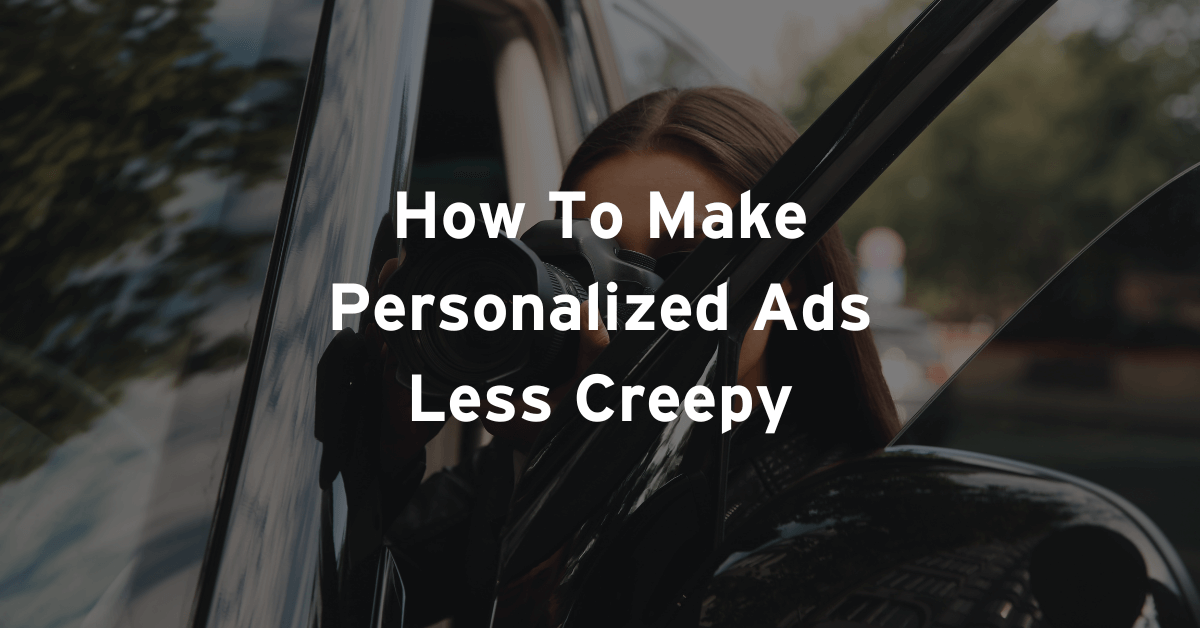We’ve all heard the jokes about how our phones are always listening to us. That is, our phones, and tablets, and watches, and computers, and smart speakers. When we get super personalized ads, it can feel a bit creepy, like we really are being spied on. We wonder, how do they know my name? And, I was literally just talking about this?
How can you find the balance between effective personalized marketing and too much personalization?
The Purpose of Personalization

Why do we use personalized marketing in the first place? In order to stand out in this big wide world, brands need to communicate with their customers in a way that makes them feel important. This is especially true on social media. If it’s done right, social media can make customers feel like they have a one-on-one, personal relationship with the brands they follow.
Personalization Best Practices
Here’s a few ways to make personalized marketing effective rather than jarring:
- Look at the information you have about your current customer base, a.k.a. your first-party data. What are their most common demographics? What are their interests? How would they most like to be communicated with? In other words, what level of personalization will they be comfortable with?
- Use the tools available to you. Automation platforms and CRMs can do a lot of the heavy lifting when it comes to segmenting data. Many of them are designed to help create simple, personalized messages that strike the right tone.

- Have a well thought-out plan. Do you understand your customer journey? Knowing where in their journey your customers are makes a big difference in the types of personalization that will work for them. Think about nurturing them as they follow the journey.
- Pay attention to the details. Make sure that the little things that can be annoying, like them getting an abandoned cart email even though they’ve already returned and purchased, are gone. Get rid of triggers that are connected to repurchasing products commonly purchased only once (looking at you, toilet seat).
- Keep your data clean. If someone has never opened an email, it might be a good idea to take them off your list. Their data could skew your demographics and could make understanding what personalization your active customers need difficult.





